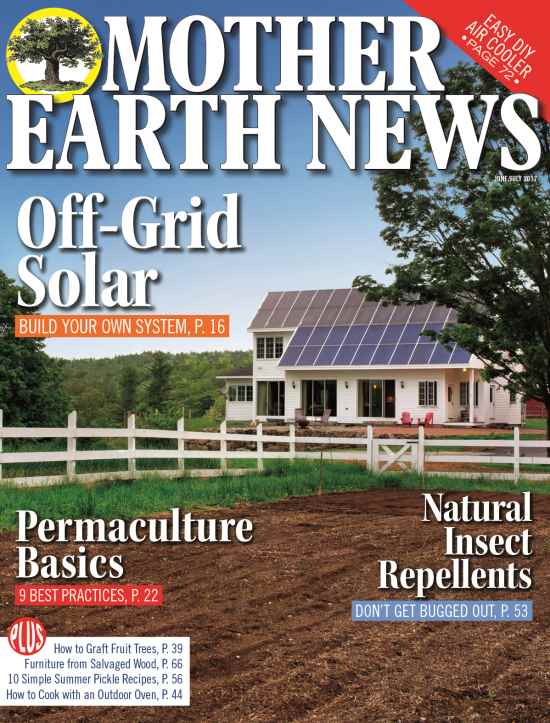How 6 Tomato Plants Accidentally Grew into a Booming Business
Shared From MOTHER EARTH NEWS Written by: Mort Mather
I never wanted to garden for money . . . honest. Some are born into the gardening business, others have it thrust upon them. I only intended to grow what I needed. My family had just moved to a new, somewhat secluded home and besides, I had retired (at the age of thirty something—the first of several retirements) and I wasn’t about to compromise all that relaxation time. I tried to keep the garden small, and anyone who knows me knows that I’m not terribly compulsive. But I couldn’t stop making it bigger.
It all started with a half dozen tomato plants which I planted in the largest area of sod I could till with a front-end tiller in a day: about 300 square feet. The next year I hired someone to till and the garden jumped to 3,000 square feet. After two years of gardening I had planted the same amount of square-footage that an average home contains. I was amazed.
Spurred on by my newfound industry, I started writing a weekly garden column for the local paper that winter. That was pretty nervy of me considering my very limited experience. Writing kept me focused on the garden. I read a lot and put a lot of time into planning. When spring came I had a well thought out garden on paper. Most gardens were planned during the winter before I ordered seeds. Those that were not planned in advance suffered.

My next garden doubled in size again. In this garden I was trying to meet all the family’s vegetable needs for a year. I grew too much winter and summer squash, too many peas, beans, potatoes, cucumbers and spinach, just to name some of the surplus. Rather than admit to poor planning, I pretended that I was starting a market gardening business and trying to figure out how to grow produce for the market. I determined that 1,000 square feet planted intensively could produce a year’s supply of vegetables for one person. Our family was two adults and two small children who didn’t eat much. Three thousand square feet should have been more than enough.
I didn’t cut back the next year, however. The 6,000 square feet had been worked a year. I didn’t want that nice garden soil to go back to sod, so I planted with the thought of actually learning more about the possibility of selling vegetables. Having more space than I needed, I tried things like okra. The okra helped keep down the excess of food as a row produced only one edible pod. I planted my first asparagus bed. I also planted wheat, flint corn for corn meal, and pop corn.

I couldn’t resist opening up some new ground, though. I should have sought psychiatric help then and there, because there was no question that I was striding quickly out of retirement and toward growing produce for sale. I spread manure, lime, and rock phosphate in five-foot wide strips twenty-five feet apart. I had the strips tilled and I planted them with several crops that I thought would pretty much take care of themselves: winter squash, sunflowers and corn. These strips were out in the middle of the field behind our house. They could be seen from the house but they were not handy. I thought the sunflowers would look lovely out across the field and I might be able to sell the squash. The corn was for corn meal which meant I wouldn’t be trekking across the field numerous times to harvest it; I would do it just once.
The width of strips was determined by the width of the tiller I was hiring to do the work. The spacing between the strips was determined by my experience mulching with grass clippings. It took about five square feet of spring grass and weed clippings, at the height they were when the garden was ready to be mulched, to mulch a square foot of garden. At that time I was controlling weeds almost entirely with mulch. It wouldn’t be too much work to simply mow the areas between the rows with a simple lawn mower and rake it onto the tilled sections to keep down the weeds.
The plan worked well. So well that my first purchase as a market gardener was a riding mower with a vacuum to pick up the grass clippings. Now that I had a machine, clearly, I had to keep going.
To continue reading about Mort Mather’s market gardening success, check out Starting a Market Garden on MOTHER EARTH NEWS.










